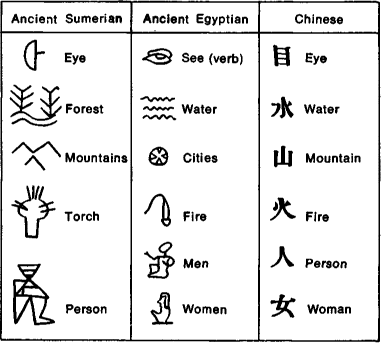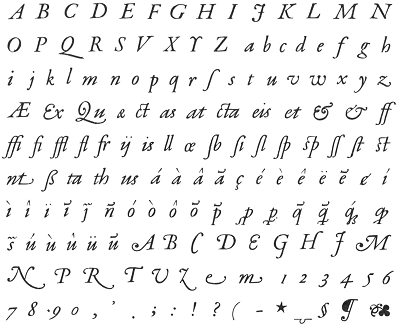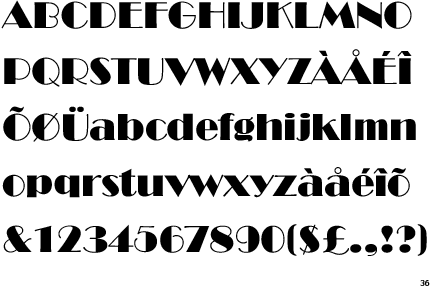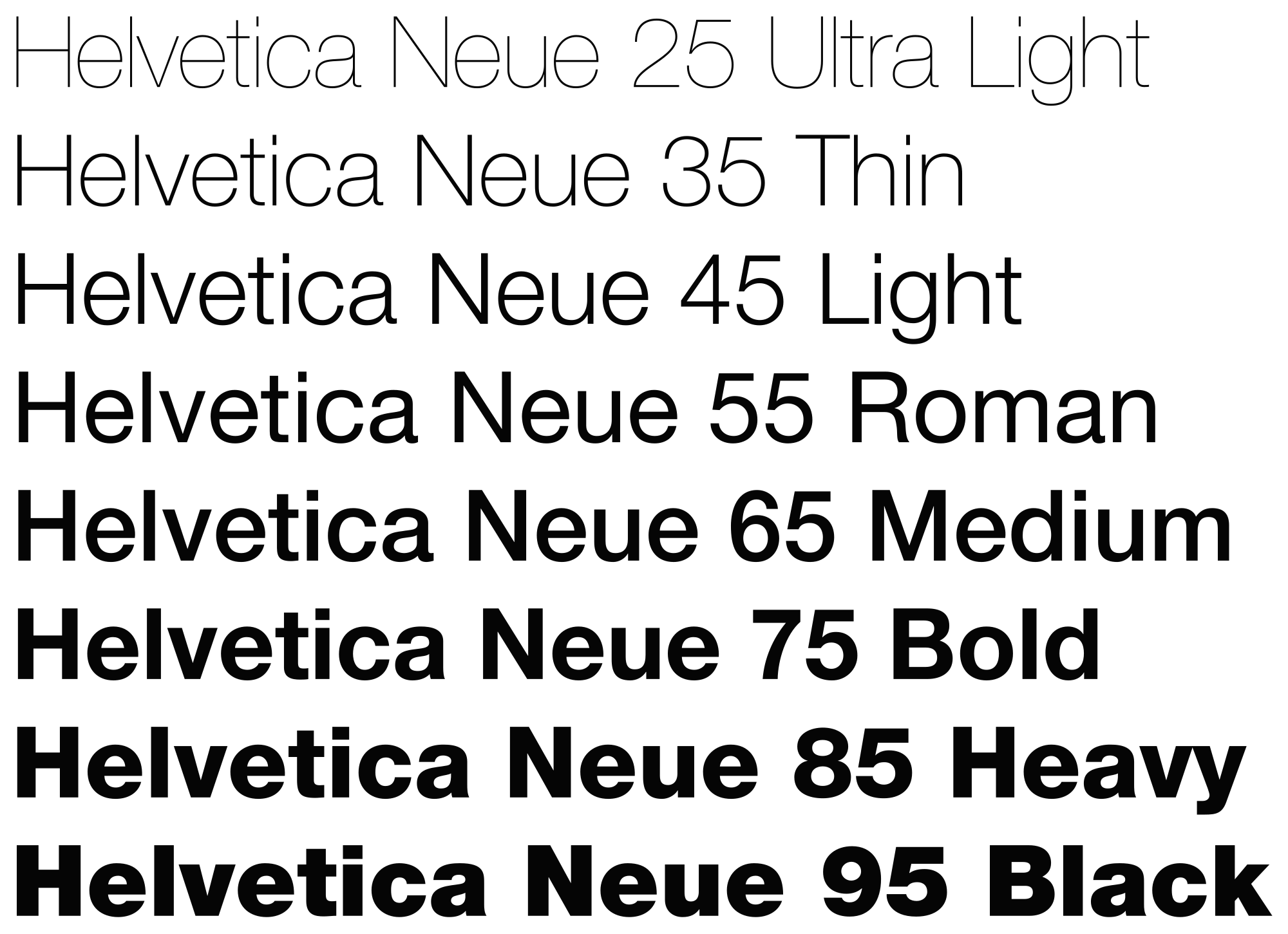Before characters, fonts and typefaces
were introduced, people expressed their thoughts through the use of a
collection of pictures and symbols known as pictographs.
They were later
substituted with a more sophisticated and linear way of communication called
ideograph. Native Americans and Egyptians are examples of humans using
ideographs. In addition, the Chinese characters we see now are merely
simplified forms of complicated ideographs.
After some time, the Egyptians
later developed Hieroglyphics. Drawings are still used to represent objects and
ideas, but they were the first to use objects to represent sound.
At around 1200 BC, the Phoenicians gained
independence from the Egyptians. After that, they developed their own set of
alphabets, the first to be composed solely of letters. These are known as Phoenician Alphabet.
The Greeks adopted the Phoenician language
and began to develop the real beginning of the modern language. They refined
the Phoenician language by adding 5 vowels, but there weren’t any punctuation,
lowercase or spacing between words.
During the Roman revolution, the Romans
further developed the alphabet by using 23 letters from the Etruscans whom based
their language on the Greek. ABEZHIKMNOTXY were
taken, CDGLPRSV were remodelled and two Phoenicians letter discarded by the
Greeks were revived – F and Q. Z was discarded by the Romans before but later
included when they thought the alphabet was indispensable.
The Romans also
contributed short finishing strokes at the end of the alphabets known as
serifs. The Roman letters were the first to include thick and thin strokes.
Lowercase letters developed because
in the past, all type were hand copied by scribes who developed less ornate
handwriting styles and started using smaller versions of the letters. The first
system of lowercase was known as semi-uncial.
By the year 1000, U and W were added
based on V; by the year 1500, J was added based on I. It was not until the 11th
century that spacing between words was widely included. Punctuation marks were
developed in the 16th century when printing became prevalent.
Around 732, Charlemagne ordered a
system of writing known as the Caroline Minuscule, the very first version of
lowercase letters that were not made up of smaller versions of uppercase
letters.
In the 1400’s, Gutenberg invented a
system of movable type, allowing mass printing for materials.
In the 1500's, Aldus Manutius, a
printer invented the concept of portable books for the first time. He also
developed the first italic typeface,
one of the first typeface variations.
Claude Garamond was the first to
develop the first true printing typeface not designed to imitate handwriting,
but rigid geometric principles. He also named the typeface after himself. The
Garamond typeface became the dominant typeface for the next 200 years.
1557 – Robert Granjon invented the
first cursive typeface, built to stimulate handwriting.
1734 – William Caslon issued a
typeface which included straighter serifs and greater contrasts between major
and minor strokes.
1757 – John Baskerville introduced
the first Transitional Roman, with further increased contrasts between thick
and thin strokes, had a nearly vertical stress in the counters and very sharp
serifs.
1780 – Firmin Didot and Giambattista
Bodoni invented the first Modern Romans, which carry the transitional to the
extreme. Thin strokes are hairless, with a full vertical stress.
1815 – Vincent Figgins was the first
to design square serifs typeface, which were formerly known as the Egyptians
but was later changed to Slab Serifs.
1816 – William Caslon IV produced
sans-serifs but was ridiculed for his design.
1920 – Frederic Goudy developed
several innovative typeface designs, one of it being the Broadway typeface.
1954 – Max Miedinger, a Swiss artist
created Helvetica.
There were also a set of fonts that
come with Microsoft’s Internet Explorer package, which includes: Andale Mono,
Arial, Arial Black, Comic Sans, Courier New, Georgia, Impact, Times New Roman,
Trebuchet, Verdana and Wingdings.














